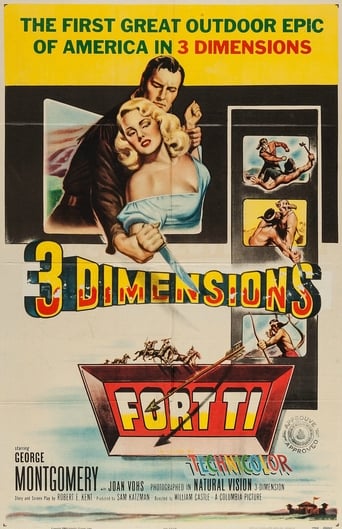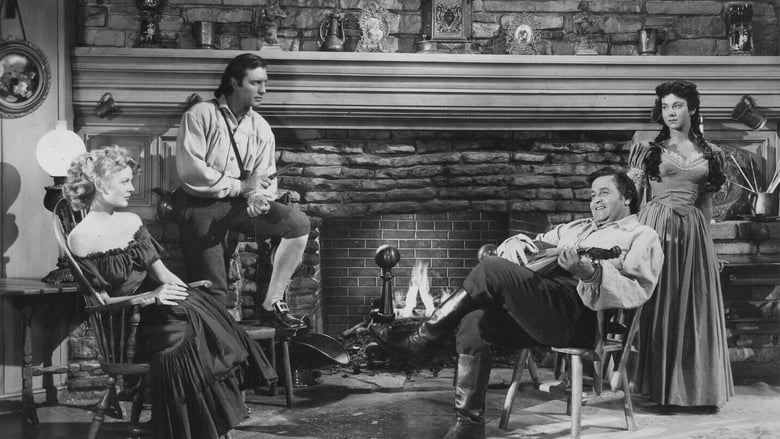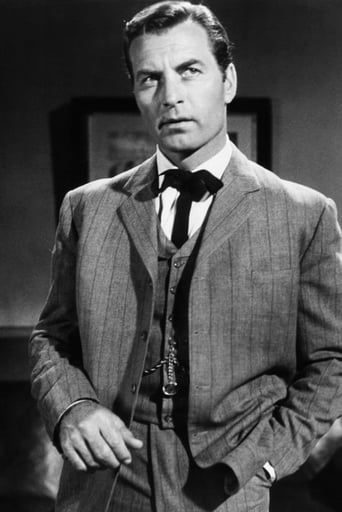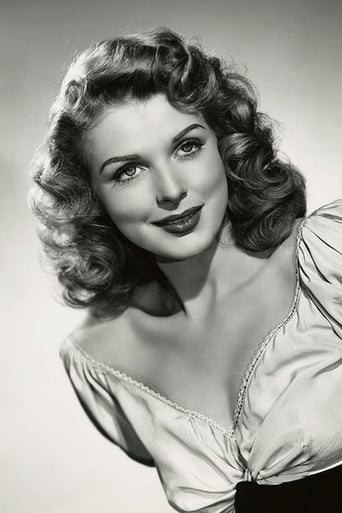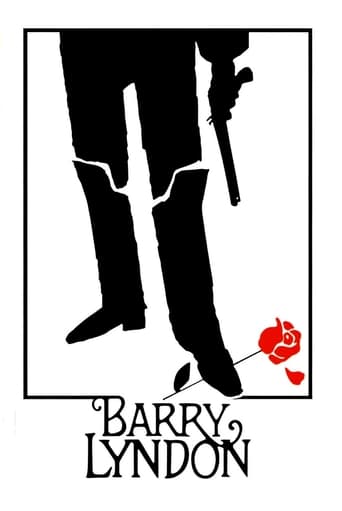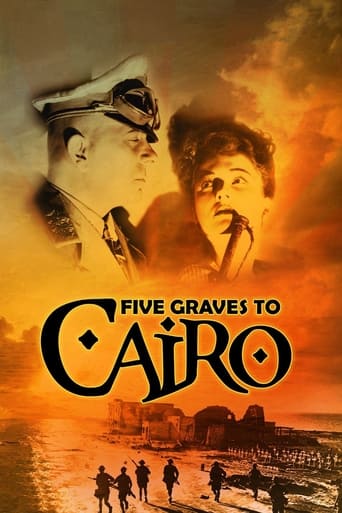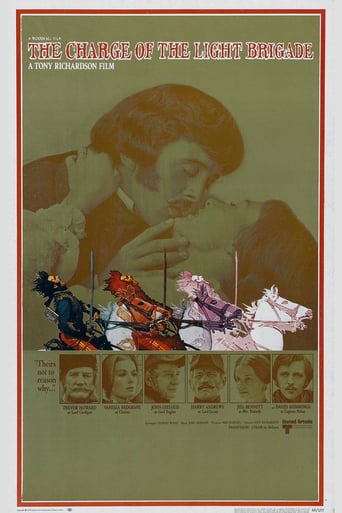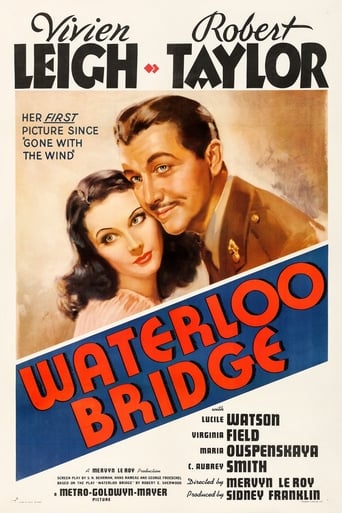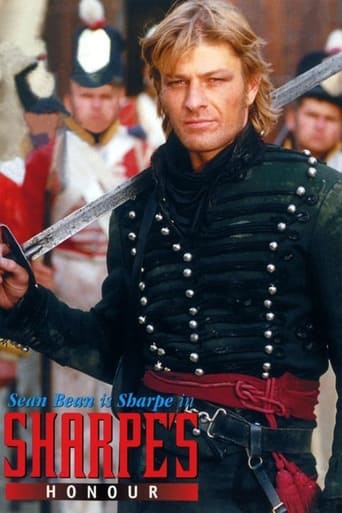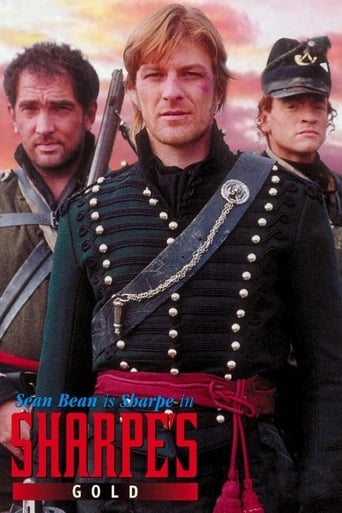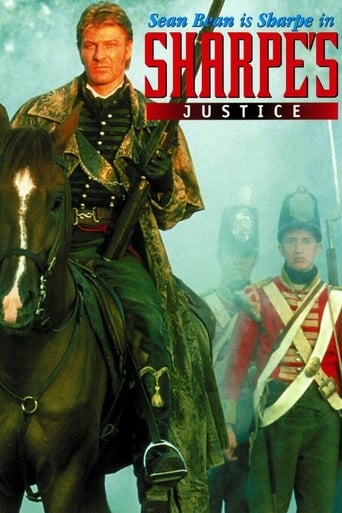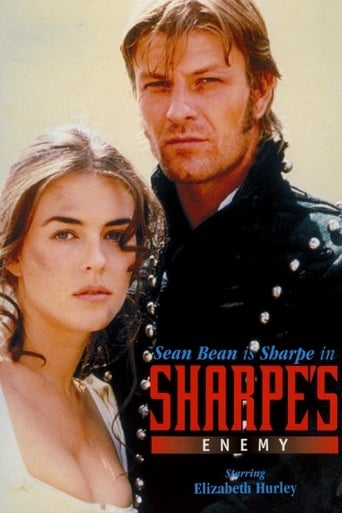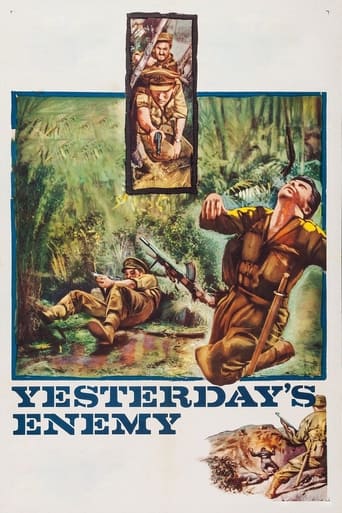Fort Ti (1953)
Future horror-film entrepreneur William Castle warmed the director's chair for Fort Ti. Set in the 18th century, the film recounts the exploits of Rogers' Rangers, a band of adventurers devoted to seeking out a "northwest passage" through Canada. At this juncture, however, Major Rogers (Howard Petrie) is more concerned with helping the British forces at Fort Ticonderoga during a series of French and Indian raids. Top billing is bestowed upon George Montgomery as Captain Pedediah Horn, Rogers' right-hand man. The film boasts two leading ladies: Joan Vohs, as a suspected French spy, and Phyllis Fowler as a married Indian woman who falls in love with Captain Horn. Fort Ti was filmed in 3D, and in typical William Castle fashion the stereoscopic gimmick is exploited to the hilt.
Watch Trailer
Free Trial Channels
Cast


Similar titles
Reviews
Very Cool!!!
Sadly Over-hyped
It’s an especially fun movie from a director and cast who are clearly having a good time allowing themselves to let loose.
Through painfully honest and emotional moments, the movie becomes irresistibly relatable
"Fort Ti" starts off well enough, with an interesting plot, which then starts to fall to pieces, with some unconvincing elements. The main female lead, Fortune Mallory, retains her glamour and an ornate hair-style despite her privations, the Rangers twice attack the French without the latter noticing their quite visible approach until the last moment, and there's some very rapid reloading of muskets off-screen during the short siege of the cave.There's also an unnecessary three-cornered romance.The version I saw, courtesy of Youtube, had some poor editing mid- film, with a couple of sudden leaps; this may have been due to whoever posted it messing around a bit.In quality, well behind other films portraying the same period that come to mind: "North West Passage", "Drums along the Mohawk" and two versions of "Last of the Mohicans". But a bit better than "Mohawk".
Fort Ticonderoga or as it was originally known Fort Carillon when the French built was the focal point of a lot of military action in both the Seven Years War and the American Revolution. In fact this film is factually wrong on the face because it was Fort Carillon and became Ticonderoga only after Lord Jeffrey Amherst took it with the help of Roger's Rangers.A film about the military action would have been far more interesting than what we got here in Fort Ti. The action scenes are fine, but the writers stuck in a rather stupid love story involving George Montgomery and two women.Montgomery has other worries though. His sister and her two children have been taken by the French to insure that her husband James Seay does a good job spying for the French. While Amherst and Rogers are taking the strategic fort, Montgomery has to affect a rescue of captives including his sister and nephews. This film could have used A treatment and a kind of colonial Longest Day plot. For a B film it was nicely photographed and the battle scenes are good.But it could have been so much better.
This could be a typical B George Montgomery western , but it is an eastern instead, also it has the lovely presence of Joan Vohns, quite a beauty, a shame that she did not go too far in her movie career.I was expecting this film to give us a view of Fort Ti, which I was imagining to look like so many of the western forts, but instead when we have a brief view, it looks like a group of English houses. Looking on Wikipedia I realized it really looks like this. The action takes place during the fight of the French against the English in colonial times, with the Indians being on the side of the French. There is quite a love triangle, between Montgomery, Joan Vohns, and Phillys Fowler as Running Otter, who married an older man, but can't conceal her love of Montgomery. The love scenes of Montgomery and Joan Vohns are quite sexy, unusual for this type of film. The story is a bit too rich for the length of the film and the feeling is that everything is shown too briefly.
There have hardly been any films made in the United States about the French and Indian war period. This one is in my judgment not-overly-well-directed but it is very-well-acted indeed. It boasts attractive and laid back George Montgomery as a Jed Horn, frontier ranger, the fine classical actor Howard Petrie as Robert Rogers, the Rangers' Chief, Irving Bacon as Montgomery's capable and comical sidekick, very good actor Lester Matthews as General Amherst, Phyllis Fowler as Running Otter, in love with Montgomery, James Seay as Montgomery's brother-in-law, gorgeous and able Joan Vohs as Fortune Mallory, Ben Astar as his friend Francois, Louis Miller as a French spy and Cicely Browne as Montgomery's sister. The plot and screenplay by Robert E. Kent I find to be complex and filled with good characters. Horn and his partner take reports to General Amherst from Rogers, and soon pick up new recruits and march north, to help stop a French-lead Indian attack. An added problem is the capture of Horn's sister, a coercion by a French spy aimed at forcing his brother-in-law to betray secrets of the Rangers' and the British army's movements. Horn and his partner rescue lovely Fortune Mallory from a lecherous brave and take her to be left with Francois, his trapper friend and with his wife, who's in love with Montgomery. She says she escaped from the fort; but he does not believe her. The brother-in-law takes a false report to the Fort as planned, to French General Montcalm and his spy master, then accuses Horn when he is noticed sneaking back of being inhuman, only caring about killing. Rogers tells Horn that after the war, he will be fine again. The spy master had also offered the brother-in-law $5000 to kill Rogers. Next day, the Rangers attack new but misplaced French cannon and outworks; and Horn saves his brother's life. Horn and his friend Wash escort Fortune to stay with Francois, and we learn the man is a patriot running a supply operation vital to Rogers' men. Horn finds himself falling in love with Fortune. Running Otter begs him to let her be part of his life; he refuses. In anger, she goes to the Fort and betrays their operation, then accuses Fortune of having been the traitor. She of course later swears she did not tell. Horn and Rogers come back and note that the house dog has not barked at all. They get seven or eight men to play drunken Frenchmen and approach Francois's house. Once inside, they overcome the French soldiers there and free their people. Francois tells Running Otter he forgives her, and says they can start new somewhere else; but she kills herself and he is grief-stricken. Horn and Rogers find the information supplied to the French has misled the enemy, but they are now trying run a cable across the river to prevent Amherst's boats from approaching Fort Ti, their prime target. They attack the party and stop the French operation cold. Then Rogers lets Fortune lead the partner and a still-doubting Horn to the Fort. They are able to sneak in, free his sister and the children captured earlier, and engineer a mass escape of English prisoners. Chased to an Indian burial ground, they hide by night. The climax comes as French soldiers attack them. Will Rogers arrive in time to save them? Will he be able to take Fort Ticonderoga? You will have to watch to find out. The music is mostly stock, but the cinematography by Lester H. White is above-average. The art direction by Paul Palmentola is also worthy of mention and the period set decorations by Sidney Clifford are outstanding and believable. Visual effects by Julian Gunzburg included some telegraphed and some more-subtle three-d achievements. But this film also led to a spate of colonial films in the 1950s, and the great series "Northwest Passage", on TV. shortly afterward; so it has been very influential, and incidentally helped the careers of Vohs and Montgomery for several years thereafter. A personal favorite.

